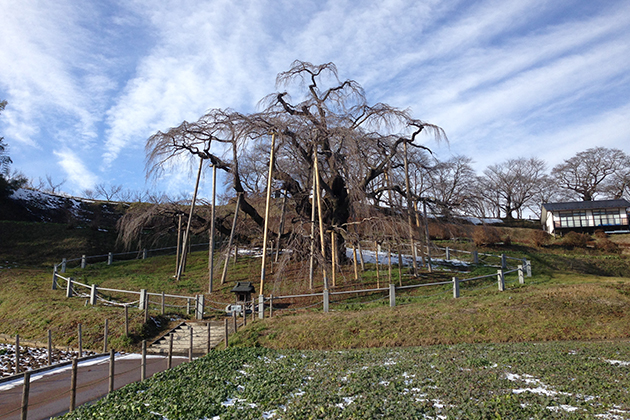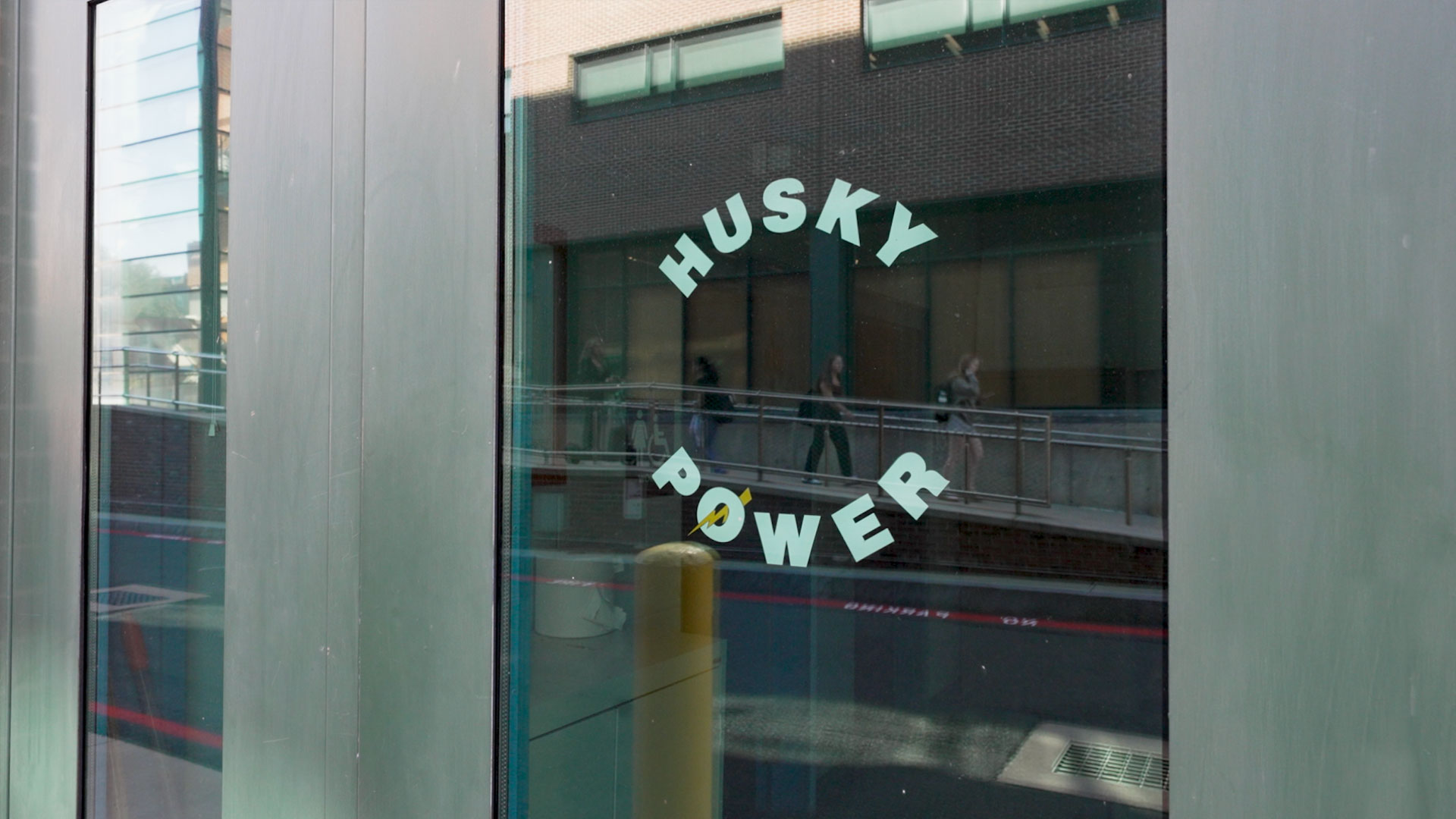On March 11, 2011, the most powerful earthquake recorded in Japanese history, magnitude 8.9 on the Richter scale, rocked the northeastern coast of Japan. The quake triggered a 10-meter tsunami that wiped out whole communities, killing an estimated 19,000 people, making another 325,000 homeless, and leaving an estimated 23 million tons of debris scattered across Japan’s coastline. The tsunami also triggered explosions at three reactor buildings at the Fukushima Daiichi nuclear power plant, forcing the evacuation of thousands of townspeople and villagers to shelters away from the path of the plant’s plume of radioactivity.
Four years later, as the tragedy continues to unfold in Japan, Alexis Dudden, a Japan scholar and professor of history at UConn, recently visited Tomioka, a small town in Fukushima near the nuclear power plant, for an essay published last month in the journal Foreign Policy in Focus. Dudden spent 2009-10 in Niigata, Japan on a Fulbright Research Fellowship and was in Japan when the earthquake struck. UConn Today spoke with Dudden and has edited her essay, “The Fourth Winter of Fukushima,” that deals with the tsunami, nuclear power, and the resiliency of the Japanese people.
It’s been four years since the earthquake, tsunami, and Fukushima nuclear disaster. What’s the general outlook among Tomioka residents of the recovery process?
Tomioka counted 15,839 residents before the March 11, 2011 nightmare of earthquake, tsunami, and nuclear explosion began. All but one person has left — Matsumura Naoto, the now well-known rice farmer who refuses to abandon his family’s fifth-generation farm. Confusion and despair among the others is common, a state of existence made even worse on March 25, 2013 when government officials divided the roughly 25-square-mile seaside spot into three zones: never to return, return for short periods, and in preparation to return. Government-sponsored scientists determined such divisions here and in other areas near the nuclear plant, based on what they called acceptable annual radiation dosage rates. Such designations may make surreal sense in scientific terms. In daily life, however, it means streets separated down the middle, one side “safe” while houses around the corner are condemned for tens of thousands of years to come. All involved understand that the official designations are of critical significance in terms of compensation. If your property was anywhere but “never to return” you won’t be paid for much longer. Less appreciated is how such nuances taken together are playing out among those facing their fourth winter in limbo.
Where have Tomioka residents been evacuated to?

Many of them are now living 25 miles to the west in the rural town of Miharu, famous for its 1,000-year-old cherry tree. Miharu currently houses about 2,000 people of a total of nearly 140,000 officially classified as “displaced” by the crisis. The term “nuclear refugee” is out. All are lumped together as one. Yet those permanently shut out of their former lives since the Fukushima Daiichi power plant spiraled into meltdown include some who have been in as many as 10 shelters in three-and-a-half years.
In the wake of the disaster, have the Japanese grown more disillusioned with their national institutions?
Many of the displaced Tomioka evacuees still believed in the possibility of returning to their homes up until a few months ago. Yet the group’s mayor, Matsumoto-san, no longer views such a resolution as a realistic possibility. “If only they [government authorities] had told me [earlier], told me that we wouldn’t be able to go back, I could have taken my family and moved to Aomori [in northern Japan], and we would be together,” he said. He was voicing what many evacuees consider to be the worst aspect of their situation: families torn apart, children and grandchildren now living scattered throughout Japan and rarely if ever visiting. The shelters [known in Japanese as kasetsu jataku or temporary housing, provided by the government’s Reconstruction Agency which co-ordinates the way ministries spend money for rebuilding towns and villages] offer small, attached units, yet there is little open space, and certainly no land to farm. Freshly painted signs on the streets point to the housing units and appear welcoming, yet those inside say they know they are “in the way” and that “after a while you understand they don’t want you anymore.”
How is Japan’s response to the disaster revealing of Japanese culture?

On a recent afternoon a small group of Tomioka’s forever “displaced” villagers gathered to talk in a brightly lit common room hidden among 20 or so rows of tightly spaced sand-colored buildings that have been subdivided into small rooms for couples and individuals mainly in their 60s and 70s. A younger man in his 50s stood out. Before the crisis, his business supplied lunches for workers at the nuclear power plant. Vibrant and seemingly able to go anywhere, he is trapped by rules that among other things prevent him from living in Tomioka yet allow him several times a week to visit his beloved dachshund Chocolat, whom he refuses to leave to die.
One woman had a surprise for the others. “I’m so sorry I didn’t tell you before,” she began to break her news. “I applied to the [housing] lottery, and I’m sorry to tell you that I won. I’m very sorry. In a few weeks I’ll move away to a permanent unit. It isn’t much. I know I had a better chance because I’m on my own. I hope you’ll forgive me.” Some might reduce these words to cultural essentialisms, yet a powerfully unprocessed atmosphere filled the room. The thin sense of community was yet again torn asunder, and while a few wished her luck — she had been in six different shelters before this — the rest said nothing. Another woman fought off tears. The newly published housing policy appears under the awkward slogan in Japanese and English — “Future From Fukushima” — and reveals itself for what it has been from the beginning: make it up as it goes along. The woman who won would escape to a place to call home this winter. Meanwhile, some among the others would become part of a sad statistic, one of the only clear facts to come out since March 2011: More people have died from stress-related causes than from the initial disasters in Fukushima.



